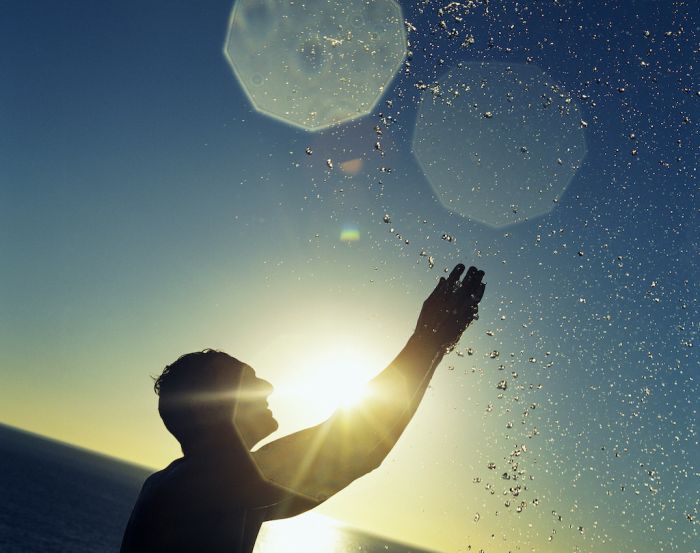
On January 28th, 2020 at a press event in New York, the Global Wellness Summit released its top ten wellness trends for 2020. The trends emerged from the insights of the 550 experts from 50 nations that gathered at the recent 2019 Summit, including top economists, doctors, academics, technologists, futurists, and CEOs of international corporations across all fields of wellness, making a uniquely informed, global set of trend predictions.
1. From Restless to True Circadian: Sleep Evolves
According to wellness experts and neuro-scientists, we live in a sleep-obsessed culture. There are sleep-tracking Oura rings, smart mattresses, meditative sleep headbands, crawl into nap pods and travel a long way to sleep retreats. There are sleep tonics, even “sleep ice cream.” These products drive a $432 billion sleep economy, and many still do not sleep well. The reasoning according to experts is that most sleep solutions do not consider human circadian biology.
Humans evolved to be ultra-sensitive to the 24-hour cycle of the sun. The essence of circadian science is that regular light/dark cycles are the daily time cues needed to reset our circadian clocks. Our internal, light-timed circadian rhythms control almost every system in our bodies, from our sleep/wake cycles to our immune and metabolic systems.
Yet today’s living has created disconnects between natural solar time and modern life. Indeed, modern life has been called a LIGHTMARE, as ubiquitous artificial light has caused unprecedented circadian disruptions.
The first trend provides less focus on solutions targeting sleep/fatigue and a new focus on circadian health optimization. More people, it is predicted, will spend money on “light” bulbs that will bring tunable, biodynamic, circadian lighting into their homes, and to automatically deliver bright blue light in the day and dimmer, warmer light at dusk.
The travel industry has become involved also. Jet lag is being defined and hopefully eliminated by the Timeshifter app. Input the itinerary, and Timeshifter gives a personal schedule of when the traveler must take/avoid bright light, sleep and not sleep. Six Senses Resorts and United Airlines are purported to have an interest in this application.
In addition, there may be more people adopting circadian diets: eating when it’s light, stopping when it’s dark. Circadian medicine is also moving in new directions: it’s likely that, in the near future, a single blood, saliva, or breath sample will be able to pinpoint the individual’s precise circadian clock-state, and apps could then inform the user when to sleep and rise, and eat and exercise. The correct timing of light and biology will move closer to the heart of circadian wellness.
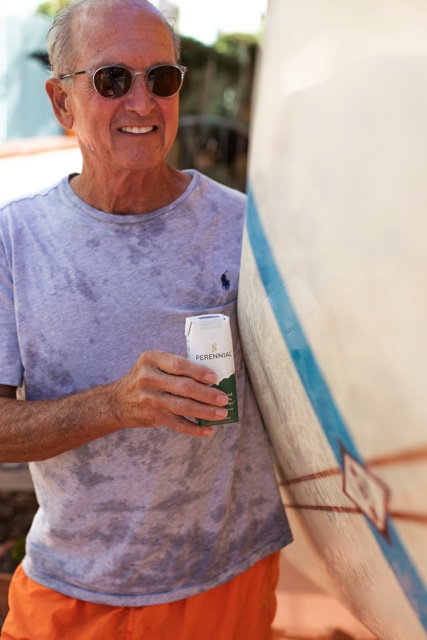
2. Aging Rebranded: Positively Cool
Baby boomers redefined aging, and now the market is finally catching up to them.
They are now the fastest-growing gym membership group, with the highest rate of frequent attendance. In addition, they spend nearly five hours a day on smartphones and spend more on online shopping than millennials.
The World Health Organization predicts the 60+ population will nearly double by 2050 from 12 percent to 22 percent. Across the spectrum, from beauty to food, brands now cater to this often-ignored group.
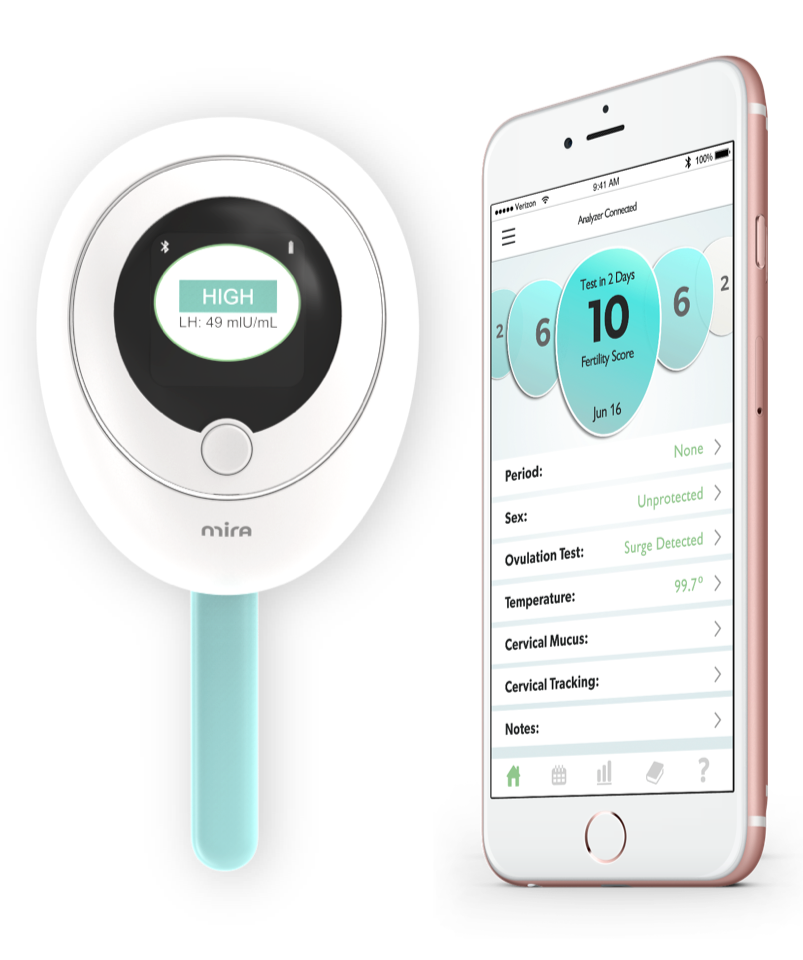
3. J-Wellness
Japan is a longevity nation, as it has more centenarians per capita than any country on Earth. These data are a consequence of Japan’s unique culture of wellness, which unites ancient healing traditions with people-focused tech/design coupled with innovative social policy.
In the last few years, various Japanese wellness approaches became global trends: Ikigai -- the lifelong pursuit of finding your true purpose; the spiritual value of minimalism and auditing our possessions, made viral by Marie Kondo; forest bathing-- Shinrin-Yoku -- basically a meditative journey through nature, and especially a forest, and Wabi-sabi, the philosophy of embracing imperfection and transience.
The Global Wellness experts believe that how well J-Wellness works will be a trend of the future. Japan is also innovating a longevity economy, pioneering solutions that could help those who age, do so with a deeper sense of agency and community. They are developing elder age-tech products that include companionable social robots for that include the AI-driven PARO seal, and Sony’s Aibo puppy.
In addition, Japan is also home to two-thirds of all hot springs destinations, and their onsen (hot tub/hot springs) culture is evolving: New luxury onsen resorts are springing up across Japan, and the onsen experience is now being exported to China, Taiwan and Southeast Asia by Japanese companies such as Hoshino Resorts.
Finally, Japan has also created some unique wellness travel trends -- the monastery stay, having opened up hundreds of Buddhist temples to tourists, and creating an Airbnb of monastery booking. It’s also bringing attention to ancient Japanese cuisine/wellness approaches – an example is Shojin Ryori, the vegan temple food prepared by monks, as well as the communal, meditative ritual of the tea ceremony.
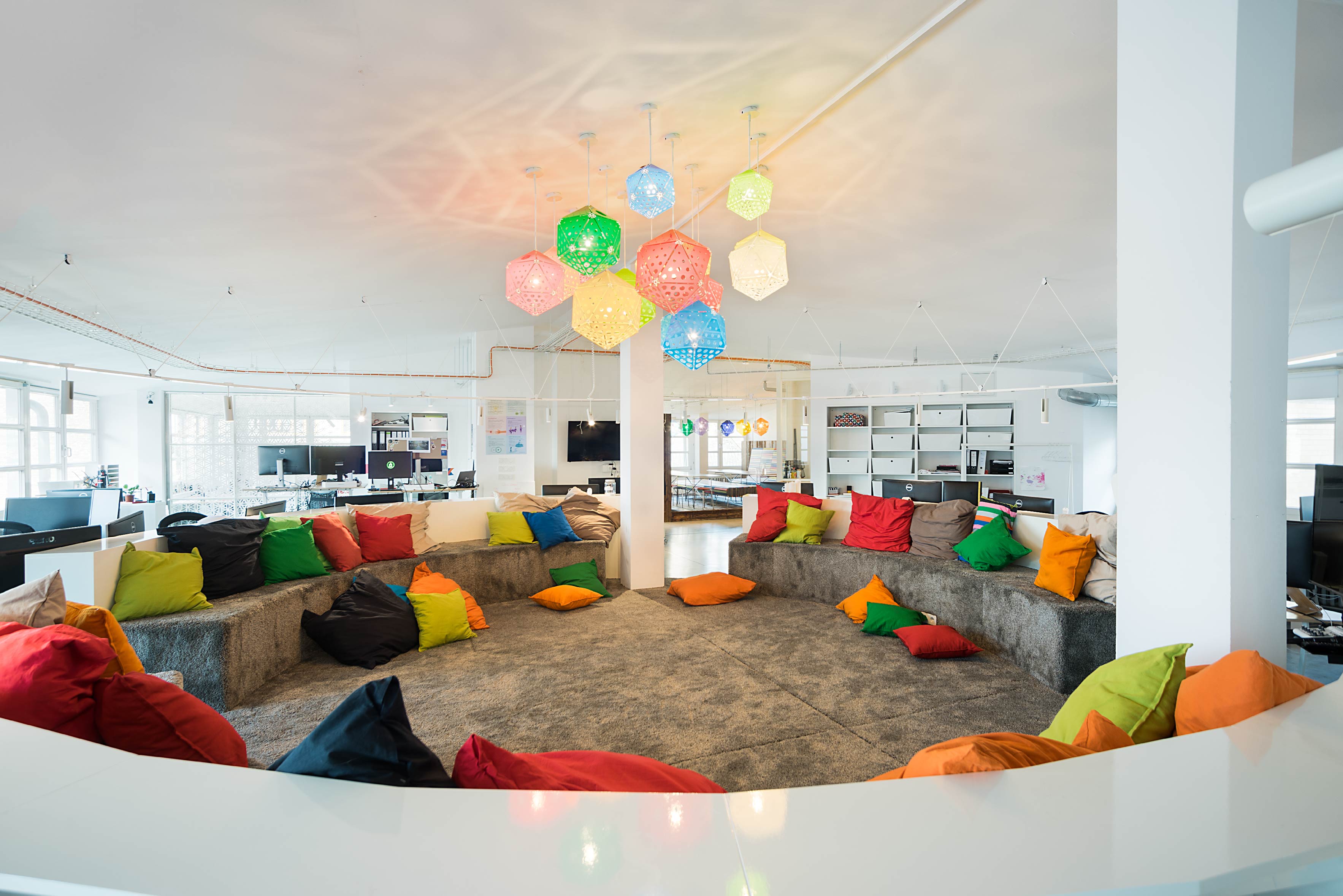
4. Mental Wellness and Technology: Rethinking the Relationship
Last year, the World Health Organization declared burnout as an official medical diagnosis. This is a consequence of, among other things, climate change-induced anxiety and work-induced stress.
Yet, the biggest barriers to treatment remain stigma, time, cost, and availability. So, it is not surprising that nearly 10,000 mental health apps are currently on the market, ranging from behavioral health coaching to meditation content.
As examples, affordable virtual therapy apps such as TalkSpace, give patients the ability to call, text and video teleconference with professional counselors. There are now wearables that monitor a user’s physiological signals throughout the day to prevent oncoming panic attacks. On the more experimental end, virtual reality is being used as an exposure therapy tool for PTSD survivors. In addition, nearly a million people have played SuperBetter, an app in which players accrue points by persevering through stressful situations, completing breathing exercises and breaking unhealthy habits.
5. Energy Medicine Gets Serious
Despite polar-opposite approaches for years, traditional medicine and “ancient wellness” are now finding common ground. Researchers are discovering that the human body is more of a complex biofield of electromagnetic frequencies and light waves than ever before. And those serve as a control system for our physical and mental functioning. The new idea is how often complex environmental electromagnetic fields change human cells.
The immediate future is involved in the medical AND wellness worlds creating new tools and technologies to optimize human energy fields to prevent illness and boost health. Frequency therapies are crucial, and the involve electromagnetic, light, and sound interventions.
Biophotons are involved in these therapies. They are light particles radiating from our cells that help regulate our biological systems, and the emerging field of Biophotonics will use coherent light --lasers, lighted crystals-- to impact tissues and organs in positive ways. New “optogenetic” tools excite neurons using light, allowing them to map the brain’s connections and activate brain circuits.
Humans are now increasingly bombarded by electromagnetic frequencies in our contemporary, hyper-networked world, which will only grow more intense with the next-gen cell network 5G, unleashing an unprecedented storm of high-energy photons through human dwellings and bodies. So, electromagnetic pollution will be a major new public health issue.
There are solutions, now extant, that will shield people from the biophotonic blitz. Architects are designing homes, schools, and work areas that will maintain healthy human energy fields. Troon Pacific’s luxury homes have shielded cables in bedroom walls to block exposure to electromagnetic fields, and turning lights off at night also means turning off Wi-Fi.
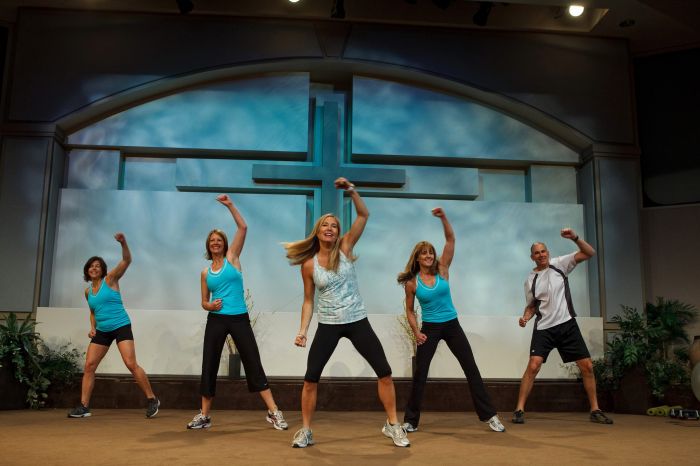
6. Organized Religion moves into Wellness
Today, a new trend is how faith is incorporating the latest wellness trends, signifying a shift away from viewing any bodywork as mere vanity. For some churches, synagogues and mosques, this adoption simply reflects a desire to feel better and to take preventive health measures.
Congregations no longer want to separate their physical and spiritual needs but instead, fuse them in ways ranging from aerobic fitness classes to meditative retreats, all reworked with religious liturgy and biblical referencing. There are Ramadan bootcamps, Jewish Sabbath service hikes, Christian wellness retreats, Catholic Pilates classes and Muslim fitness YouTube channels.
Faithful Workouts is an online Christian ministry of streaming workouts infused with sermons and Christian music, whereas Soultime is an app providing guided meditation through a religious lens.
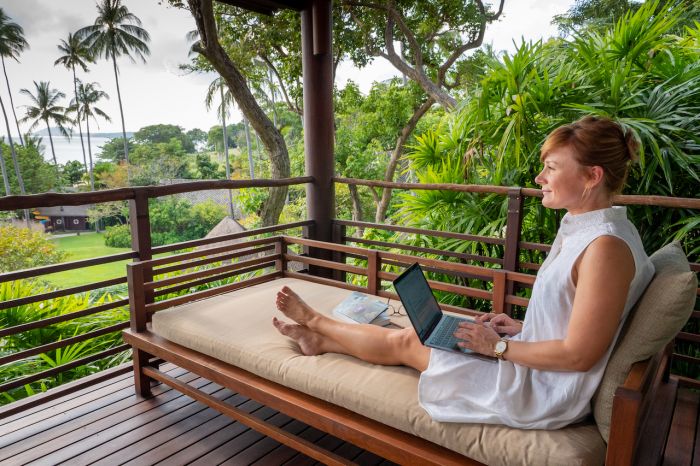
7. The Wellness Sabbatical
This new travel concept, also a trend, is the wellness sabbatical. It is a block of time where days of work and wellness are intentionally blended. On a wellness sabbatical, the visitor is set up to work a few productive hours a day, but also schedule daily wellness experiences – eating healthy food, body movement, time in nature, deep sleep, human connections to others.
Kamalaya in Thailand just unveiled a Wellbeing Sabbatical program, which (with a minimum 21-day stay) goes deeper than a mere “recharge.” The comprehensive daily healing experiences are flexibly designed around guests’ work schedules.
Vana in India just unveiled its 30-day wellness sabbatical, and at Mexico’s Rancho La Puerta, executives live in casitas with private pools and offices interweave a few hours of work each day with immersion in their wellness offerings.
The Global Wellness Summit research predicts more top wellness resorts, typically designed around 1–2 week stays, will expand to 21-day, flexible work+wellness programs.
8. The Fertility Boom
Fertility is no longer a taboo topic spoken in hushed tones in doctor’s offices.
Fertility has reached a crisis point across the globe. Industrialized countries such as England, Japan and the US continue to see record-low fertility rates. There are multiple reasons at play, but a dominant one is that women of childbearing age delay having children. And, research shows that male sperm quality begins to decline at age 35.
So, what does fertility care look like today? The landscape is filled with apps, period trackers, platforms, and wearables that increase one’s chances of conceiving. Even the fertility clinic, has been transformed. Reimagined IVF treatment is much like a spa experience—champagne, hors d’oeuvres, concierge service, and a decor that’s more akin to a fashionable boutique.
Thus far, women’s health start-ups are believed to have secured over $1 billion in investment, and of that, 60% is focused on fertility or pregnancy. It’s just the start of what many see as a Femtech revolution.
9. Wellness Music
Humans are hardwired for music; no other stimulus positively activates so many brain regions; and stringent studies show its dramatic impact on mood, anxiety and pain. And, music as an intentional therapy is being reinvented by new technologies. “Wellness music” is being born, and the trend takes provocative forms.
Music therapy’s potential has such potential that the National Institute of Health recently awarded $20 million to fund a Sound Health Initiative to uncover music’s brain mechanisms, so new applications may be created to treat everything from PTSD to autism. Right now, many are retreating into music and sound, as evidenced by everything from the surge in podcast-listening to the rise of vinyl listening bars.
The mainstream music industry is also pivoting to wellness music. There are new wellbeing stress-reducing, sleep focused playlists at streaming sites such as Spotify.. Musical artists—from Erykah Badu and Jhene Aiko to bands such as Sigur Rós—are incorporating wellness into their concerts, whether mass sound baths, meditation or aromatherapy. Full-blown audio-wellness festivals are rising. And, a new development: the rise of “generative” music, with apps that pull biological, psychological and situational data to create a tailor-made, always-changing soundscape—to improve mental health any time the user wants to tune in.
At London’s wellness music sanctuary Wavepaths, founded by a neuroscientist and leading psilocybin researcher, you nest in an egg-pod, sensors gauge your biological and emotional states, and AI trans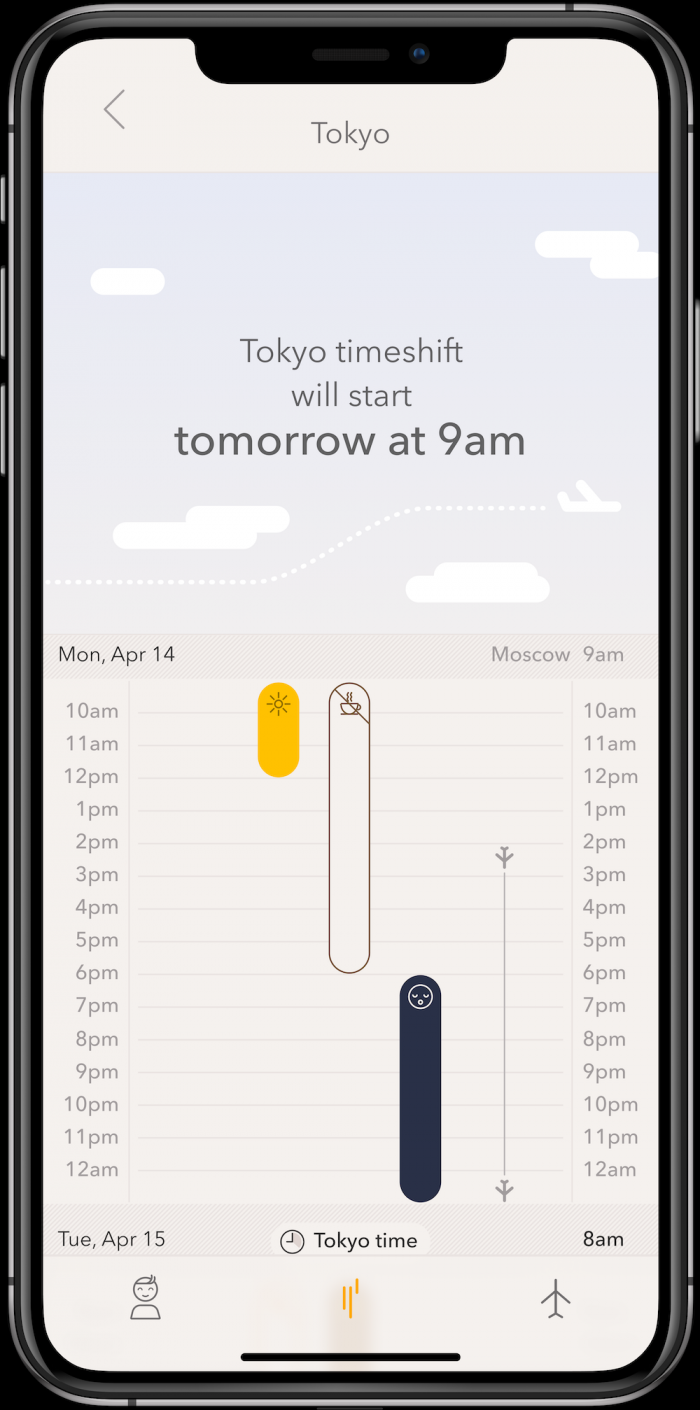
Timeshifter App helps with jet lag.
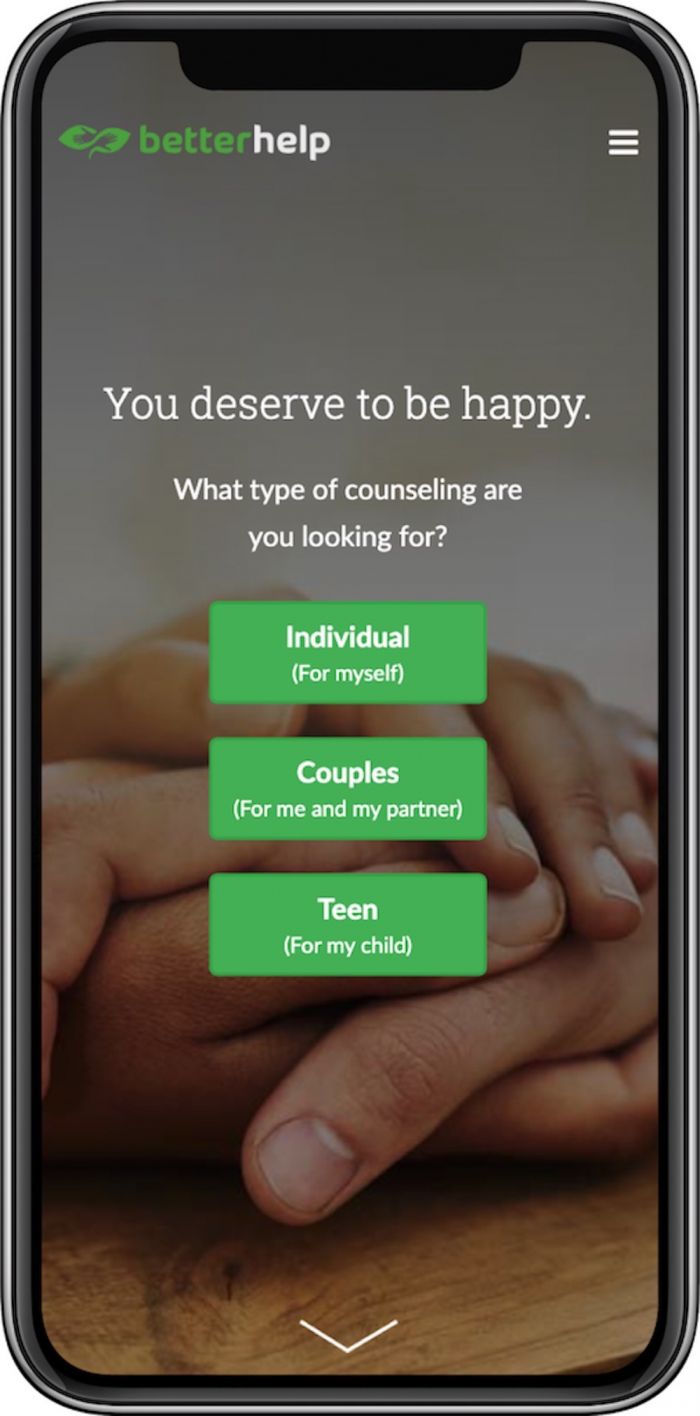
Therapeutic application
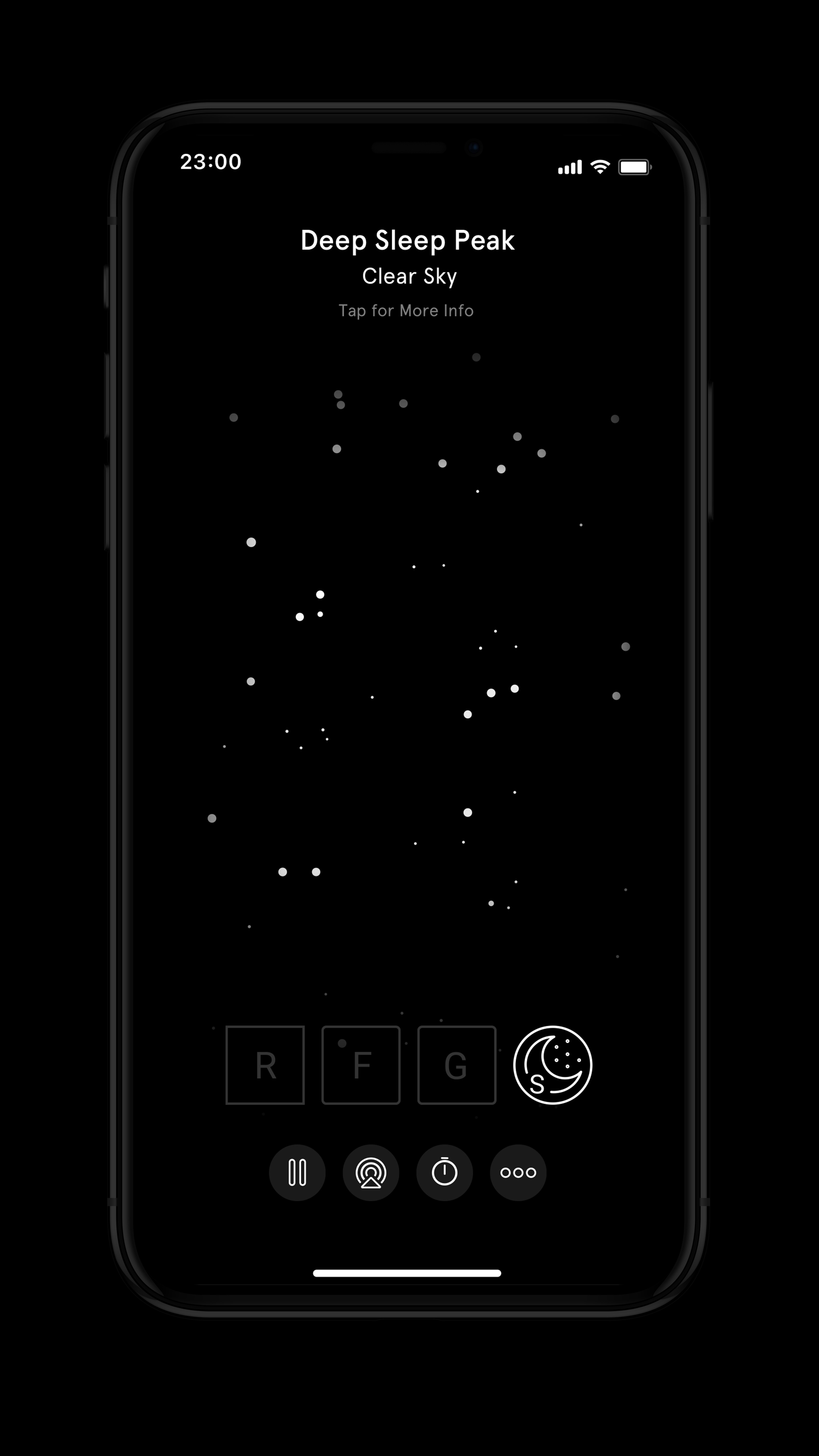
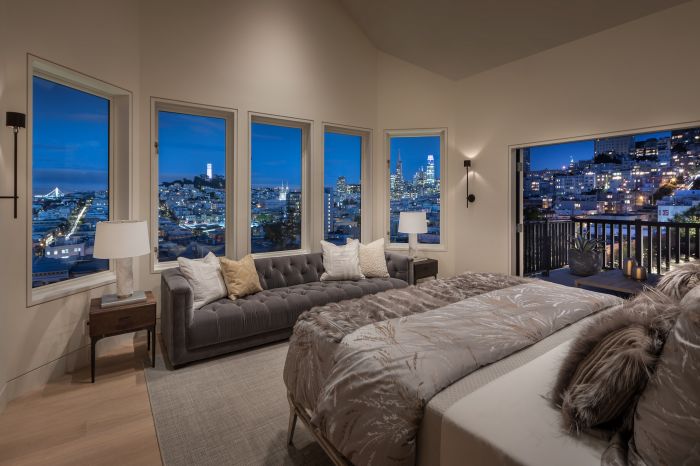
Troon Pacific home with shielded cables in walls, to prevet electromagnetic exposure.
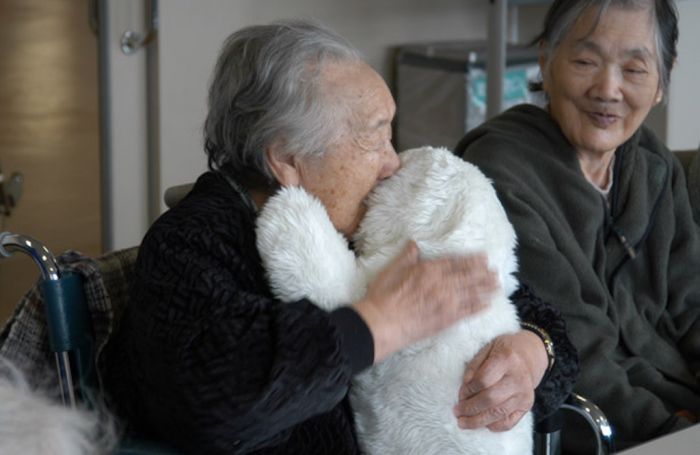
Paro Robot









